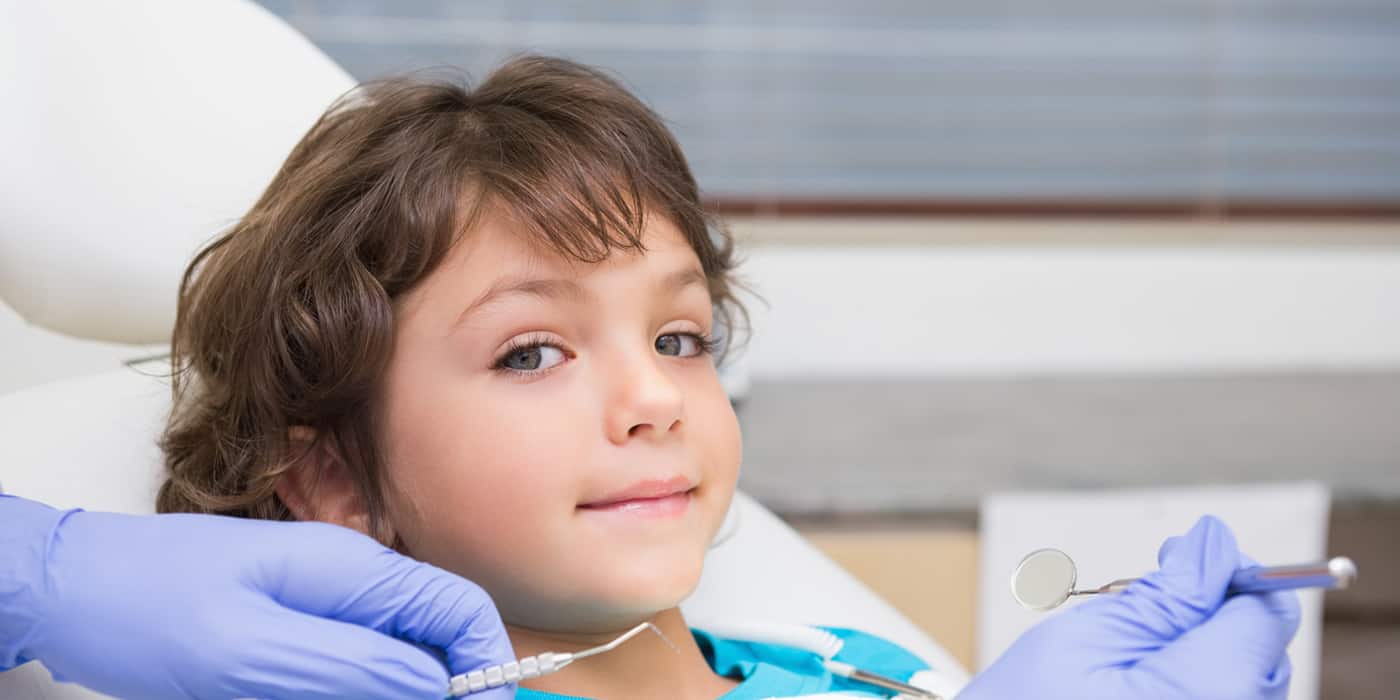Brushing your teeth every morning and night doesn’t guarantee you’re giving your mouth all the attention it needs. Even a regular oral hygiene routine could leave gaps if you engage in a few not-so-great habits with your time at the sink. Using the proper brushing technique and the right tools can ensure your oral hygiene routine is thorough. Continue reading to learn how the following dental hygiene tips can take your oral care routine to the next level or you can contact a dentist near you.
Use Proper Brushing Technique
A quick wash with your bristles isn’t enough to banish leftover food particles and polish your teeth. Use a technique recommended by the American Dental Association (ADA) instead: To begin, place your toothbrush at a 45-degree angle to your gums and use short back and forth stroking motions across the sides and tops of your teeth. Next, hold the brush vertically and use multiple shorter strokes to target the backs of your teeth front anterior teeth, where plaque commonly builds up.
Pick the Right Brush
Be sure that the head and bristles of your toothbrush are small enough to reach into the crevices of your molars, where food debris can accumulate after eating. According to the International Dental Health Association, most adults require a small- or medium-sized toothbrush for this purpose.
Look for the ADA Seal
Not all toothpaste is created equally. For a deep clean, use a product carrying the ADA Seal of Acceptance, which meets strict manufacturing regulations that guarantee an effective clean with a dosage of fluoride appropriate for adults and children past a certain age. This seal ensures you’re using a product that ADA guarantees will do a safe and thorough job every time you brush.
Floss Properly
Just like brushing, flossing must be done properly in order to reach between teeth and remove lodged food particles. Ideally, you should be using a piece of floss up to 18 inches in length, as this prevents you from reusing the same area of floss and reinserting bacteria into your mouth once it was just removed. Keep in mind the floss should rub against the teeth in a motion that creates a forward or backward ‘C’ shape, wrapping the floss around each tooth.
Use a Mouthwash
A product such as mouthwash can go where toothbrushes and floss can’t in order to rid your mouth of the same debris that irritates the gum line and causes gingivitis. Add this mouthwash to your oral care regimen to get the most thorough clean you can, even when you’re on the go.
Clean Your Brush
You don’t need special equipment or covers to keep the brush itself clean. As a matter of fact, according to the ADA, covering your toothbrush can actually breed new bacteria and spread them into your mouth. Alternatively, rinse your brush after each use and leave it to air dry. Also, you should refrain from sharing brushes with others, even your children.
Change Your Brush
Bristles deteriorate with time and usage, so if you’re using the same toothbrush for a few months, you may not be getting the best clean anymore. Be sure to get a new toothbrush every three to four months – or at your semiannual dental checkup.
Use a Tongue Scraper
There are now toothbrushes available that have a ridged tooth-scraper on the back of them. Even after brushing bacteria can linger on your tongue, so be sure to brush or scrape your tongue as part of your daily oral routine. Not only will it eliminate bacteria but it will freshen your breath.
Stop Snacking
Hungry for a midnight snack? Brushing well may clear your teeth of bacteria and food particles, but if you eat a snack afterward, you’ll need to brush again before bed. Eating a snack before sleep (without brushing) can allow food particles and sugar to cling onto your teeth for too long, providing fuel for bacteria to feed off.
Oral hygiene should be part of any system of body health. By following these dental hygiene tips, you can choose the best products, improve your technique and ensure you’re doing everything in your power to keep your mouth cavity-free.

